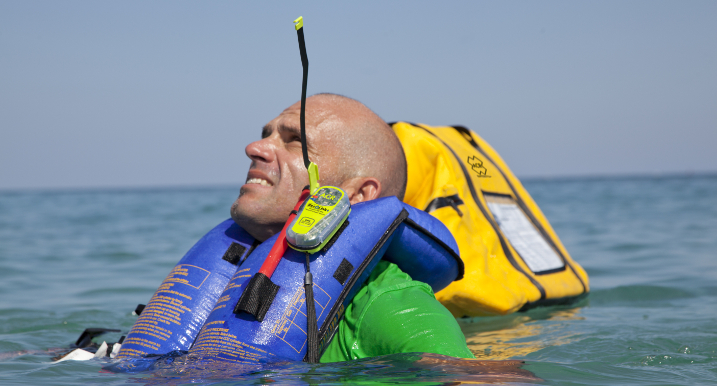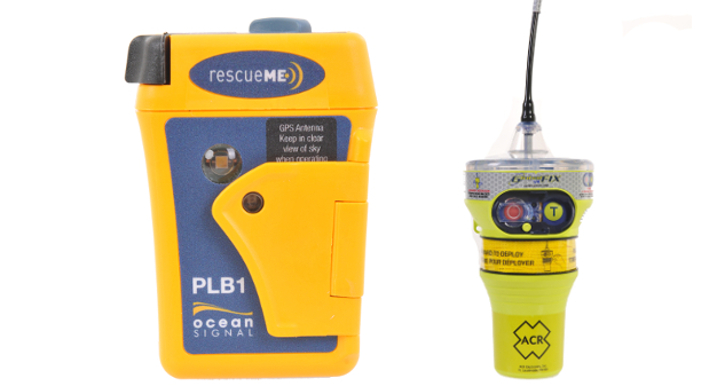ARTICLE PARRAINÉ

Global Telesat Communications explain why you should consider an SOS Beacon as part of your emergency communications setup.
As the sun finally starts to show itself here in the UK it’s time to prepare for the boating season ahead. Along with the essential vessel maintenance, lifejacket checks and training updates, emergency communication is another area that should be re-evaluated.
While those who do not sail too far offshore may not consider a Beacon a necessary piece of kit it’s worth planning how you would call for help in an SOS situation, even close to shore. The advance of technology combined with low purchase cost has resulted in many boating enthusiasts choosing to carry a Beacon onboard.
1. A means of communication when others fail
If you’re out of VHF or mobile phone range or the system fails you could be lost without a backup means of communication. Once activated, SOS Beacons, namely PLBs and EPIRBs, will work anywhere in the world by transmitting your location on the 406MHz distress frequency to search and rescue authorities.
2. Highly recommended by organisations such as the RNLI and RYA
The RNLI point out that “Even in crowded waters and close to the shore, a life-threatening incident might go unnoticed. The ability to call for help or signal for assistance is imperative.” If you alter this scenario to an incident offshore, out of mobile phone and VHF range, the circumstances become even more serious.
The importance of carrying a Beacon onboard has also been highlighted by Maritime & Coastguard Agency who is beginning to enforce the use of PLBs and EPIRBs on an increasing range of vessels including new regulations for small fishing vessels from 2019.

3. Made specifically for the Maritime industry
Unlike relying on your mobile phone you can be sure that EPIRBs and certain PLBs are designed specifically for maritime use meaning they are buoyant and have a rugged design to survive the worst conditions at sea. Some models will also activate automatically when submerged meaning they can be set off even if you have been incapacitated and are unable to activate the device yourself.
4. Easy to setup and use
Once purchased the Beacon needs to be registered with the Maritime & Coastguard Agency – this is a simple process which can be completed online. After this your responsibility is to test the device on a regular basis and update any emergency contact details with the authorities as and when they change.
5. No ongoing subscription
Once you have made the initial investment of the Beacon itself there is no ongoing subscription to pay for unlike similar tracking devices which offer SOS assistance.
Other emergency communications are available such as AIS, SART and satellite tracking devices. To find out more about the differences check out our SOS Beacon Buying Guide.